Snowskates Make it Easier to Learn to Snowboard
There is a group of people who have been snowboarding for 300 years in Petran, Turkey. These boards are rudimentary in every way; some wood waxed with fat, a snurfer style rope, and a stick to steer with. People have learned to snowboard without bindings for hundreds of years. Even the beloved Snurfer didn’t have bindings. And without them, people still learned how to balance, turn, and just generally be in control of their board. What if everyone learned to snowboard this way?

When Jake Burton showed up at Pando in 1979 with straps on his Snurfer, he wasn’t a beginner. He was an expert level snurfer who had hit limitations of having entirely free feet. All of the equipment used in snowboarding today was created to make high performance snowboarding easier. But snowboard bindings did not enhance control that Jake, and all other snurfers didn’t already have. Bindings do not necessarily give you move control.
A great example of this is riding with loose binding straps. This winter, ride a few laps with your ladder straps only two clicks into the buckles. You will notice that your movements must be incredibly precise, that nothing can be forced, and your form has to be perfect. This is what it means to be in control. If that sounds easy, find a blue mogul run to ride through. Do this for a few laps and strap in like normal. Carving will be incredibly easy and your mogul riding game will have improved exponentially; you might even find them enjoyable. This is an experience that every snowskater is familiar with.
Everyone knows that snowskating is more difficult than snowboarding. Skaters will also tell you that skateboarding is more difficult than snowboarding. And yet, more people skateboard than snowboard. As you’re reading this, someone somewhere just landed their first ollie on a skateboard, maybe even their first kickflip. So what gives?
The entire snowboard education industry has been designed around fitting the beginner snowboarder into the mold of an expert. Expert equipment modified for beginners, and expert movements broken down and fed piece by piece to a student. But we haven’t spent much time, if any, discussing how humans learn.
In 2015, Professor Sian Beilock of the University of Chicago ran an experiment to test whether or not students’ understanding of physics could be increased by adding proprioceptive experiences to the learning process. A lab experiment was designed that would allow students to experience what torque feels like in their hands.
What they found during this experiment is that by adding bodily sensations to the teaching process, more regions of the brain were activated while learning. This led to a deeper understanding of the forces at play due to the multiple streams of data coming into the body working in congress with each other. The force of torque moved from the abstract realm of thought, to a tangible and touchable idea. The more this skill can be engaged, the easier it is to learn and understand a subject. Snowboard bindings reduce the tangibility of pressure management making balance an abstraction.
When you have bindings to hold you to the board, your balance can be much further away from ideal since it is impossible for the board to escape. This wide range of false positives creates a condition where riders form habits that inhibit progression and can be difficult to break. It also requires the rider to rely on what they are being told by the instructor rather than feeling it themselves.
People with low proprioceptive skill are those who struggle and most need our help as instructors. Something they aren’t feeling, that their body is not sensing, is causing the self preservation mode to kick in and override the attempt of performing a new movement. Some feeling, some subconscious sensation deep in the core of their being, is telling them “no”. This is also part of why many of these people appear to struggle with lower risk tolerance. The physical, bodily reaction of fear and excitement are almost identical and all it takes is one piece of data to change from fear to excitement, or vice versa. This is why your friends may not react the same way you do standing atop extreme terrain.
Yes, the learning curve of a snowskate seems higher and like it should exacerbate this issue. And at some places along the way, this is true. But how many people are afraid of snowboarding because their feet are strapped to one board? Others are frightened by the fact that you’re pulled by gravity for movement rather than propelling yourself. All of this amounts to people being afraid since they do not have control over their own movement. All this before they even put the snowboard on.

Both of these issues disappear on a snowskate, making it feel more comfortable for the student at the start of the lesson. This is especially true with single level snowskates on flat terrain. And just as a skateboarder learns to run out a fall on a skateboard, so does a snowskater. This means fewer downhill edge catch falls to break wrists and slam heads. It also means fewer panic stricken, unable to sit down snowboarders accidentally barreling down the beginner hill. But what it really gives you is more direct, immediate feedback.
The unforgiving nature of a snowskate is precisely why it can be a great tool for teaching snowboarding. The smaller range of acceptable pressure management means fewer false positives for the rider. If someone leans too far backwards, the front foot comes off of the board and the rider will know to shift their weight forward. This makes pressure management more intuitive, gives the rider more control, and inspires confidence. Fear becomes excitement.

This is also the premise behind learning how to traverse on a snowboard with only one foot strapped in. Dragging their heel or toe in the snow makes them slower and feel safer. And by tilting the board up against the back foot, they can control the board by tuning and stopping. If they fall, they can stand back up easily and get going again. So while one footed snowboarding is more difficult, it simplifies progression by giving personal, tangible feedback.
Yes, this pedagogy requires some specific situations. The ability to easily switch back and forth from snowskate to snowboard, and the terrain necessary to create a reduced risk environment. With a little creativity and some walking, this can be found at most places. In many ways, it makes for an even more hands off lesson for the instructor. It also gives the student much more freedom to learn and explore on their own, asking for help when they want it. But even without the ability to use a snowskate, the lessons learned from thinking like a snowskate instructor will improve the methodology in place across the entire industry.
Whats more, we could begin teaching snowskate lessons as an industry to pay for it. By having a snowskate program, you create an entirely new customer base for the snowsports industry. And it’s not like snowskating doesn’t exist already, so production would just need to increase. If people can skateboard all over the world, why can’t they snowskate on any street where there is snow? They’ll still buy lift tickets, and even more people will join the snowsports industry whether on snowboards or snowskates, perhaps both. Nothing makes a 300′ hill more entertaining like making it more challenging.
The post Snowskates Make it Easier to Learn to Snowboard appeared first on agnarchy.com.










